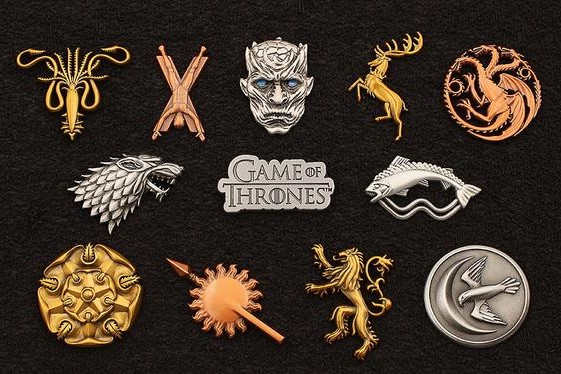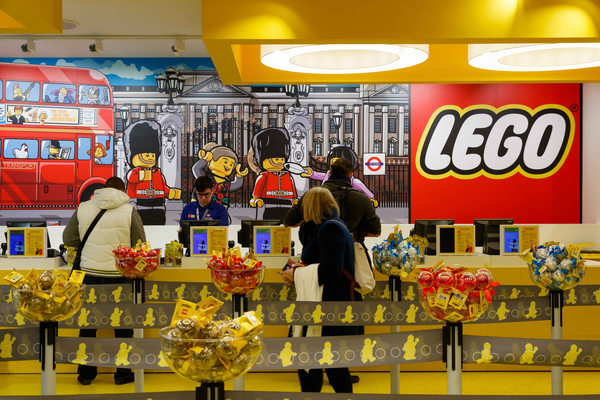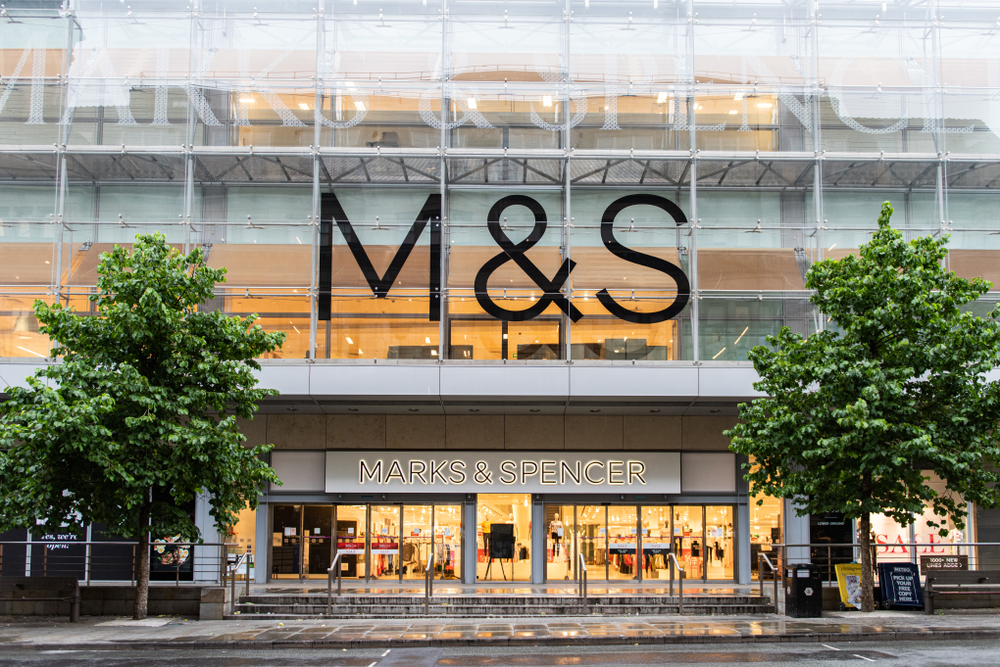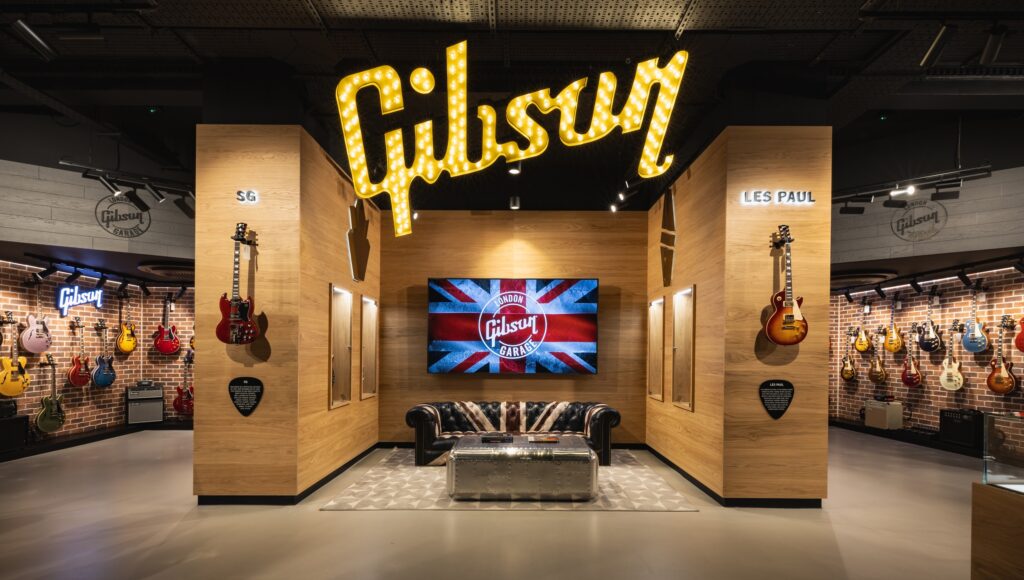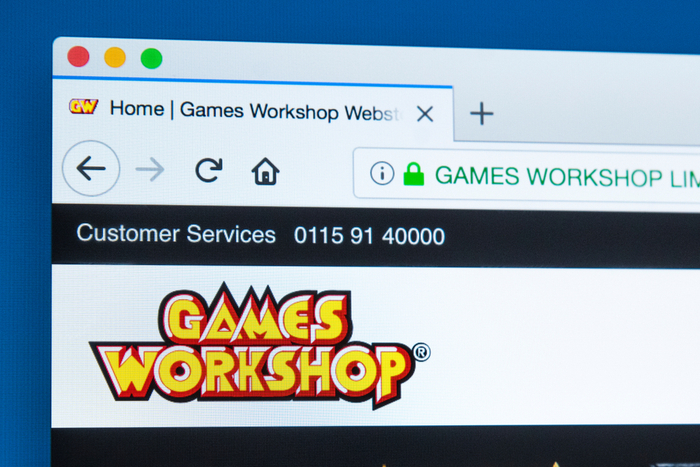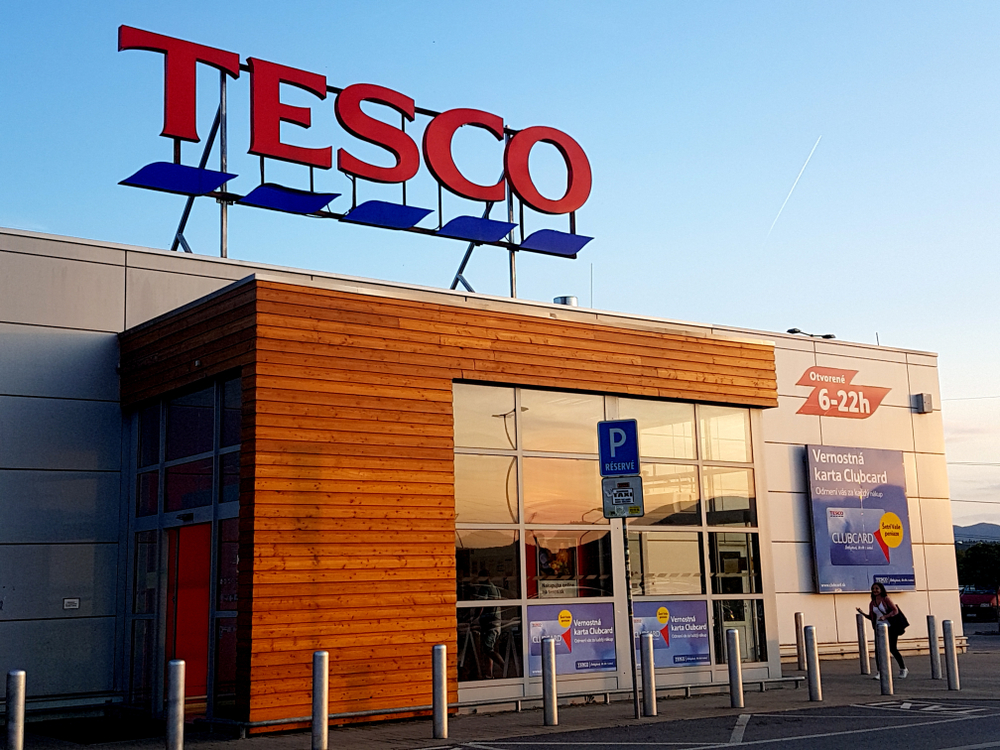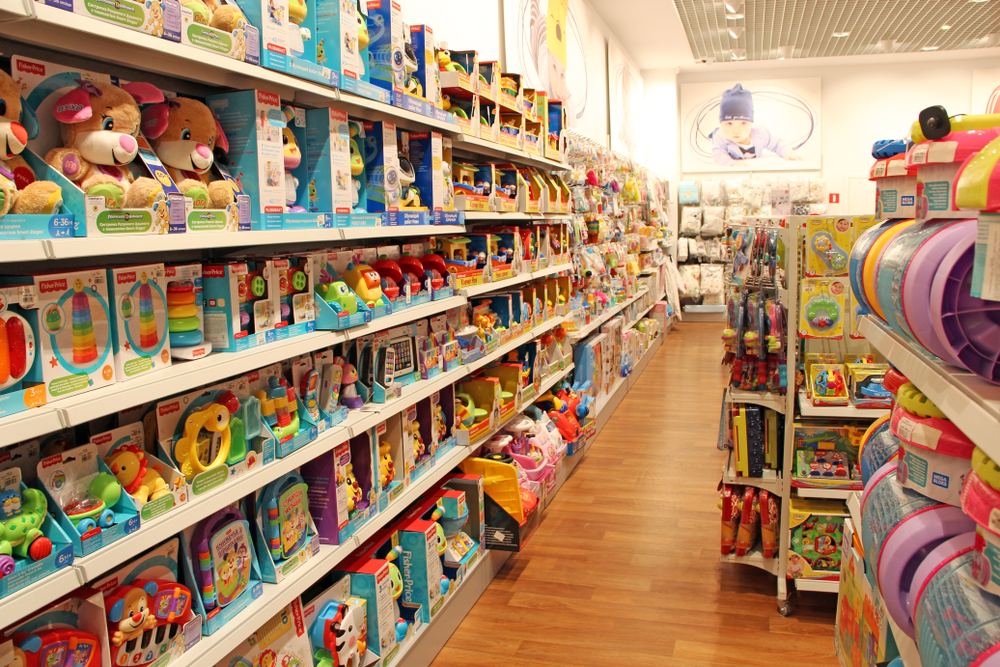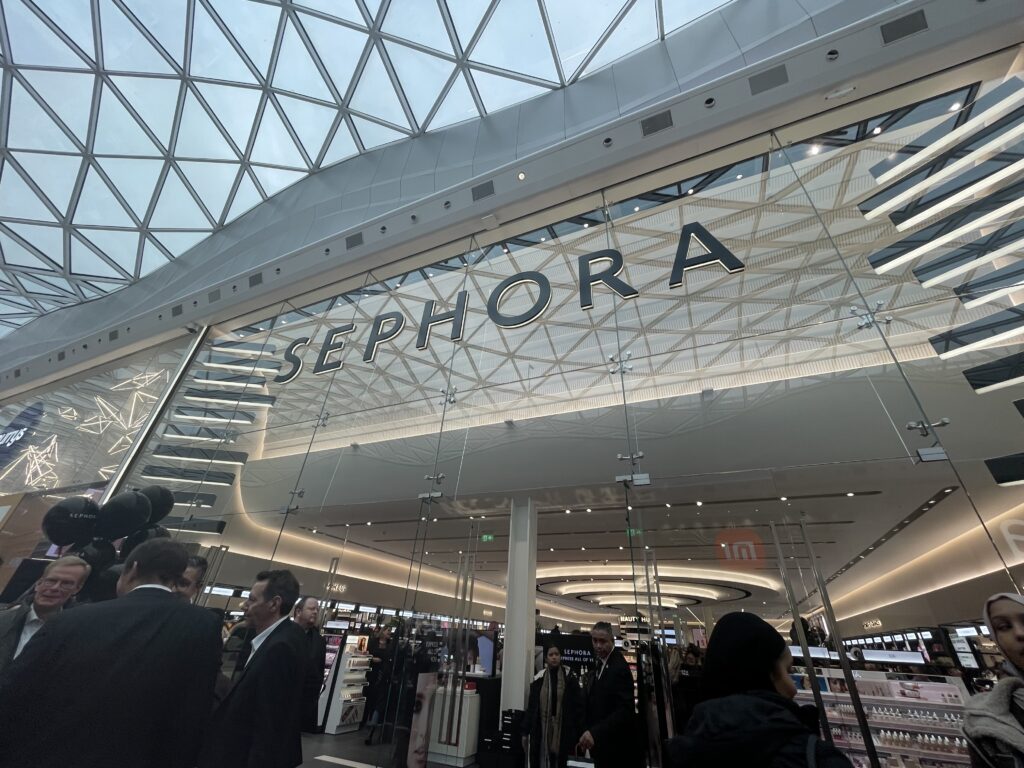At a time when some see the high street as being in decline, people were rather surprised that HMV – not long out of administration – was opening Europe’s largest entertainment store in Birmingham at a huge 25,000sq ft location.
Yes, there are a number of reasons why such a big bet on physical retail may seem at odds with prevailing trends, but the reality is that there is a huge opportunity on the high street for stores prepared to make the right investment.
There’s no denying that online retail is huge, but not everyone wants to buy something based on a picture they’ve seen on a website – they’ll want to go into a store and check it out for themselves before parting with their hard-earned cash. The only way consumers can do that is through bricks-and-mortar shops. From an entertainment merchandise retail perspective, we use the mantra: “bring the virtual to reality”. Traditional retailers need to do the same.
“There is a huge opportunity on the high street for stores prepared to make the right investment”
If retail is perceived to be suffering because of the internet, let’s help the high street get a piece of that action on its own terms. By that, I don’t mean that all the retailers should have more of an online presence – that’s a given. Take the big supermarkets, for example – they don’t embrace gaming and entertainment in their stores. They’ll have a bit of a toy section, but the kids of today don’t play Mouse Trap like I did. They play online games. So, stock entertainment products based on those digital brands (not just Fortnite) that tap into those obsessions.
To go a step further, there are a number of bars, such as The Platform in London, that are creating a physical space for gaming on the high street. It’s such a vast market. To stress: these establishments don’t necessarily sell games, they sell stuff that’s attached to and revolves around games brands. There’s so much potential.
I’m confident that if non-specialist stores were prepared to give up a bit of space for physical products based on big/small screen and virtual IPs, they would find a consumer response that would be bigger in the long run than they think. Call of Duty: Modern Warfare is massive at the moment – and there is so much product attached to that brand beyond a game in a box.
The thing is, of course, that every square inch of shelf space must make money. But the longer stores wait for physical merchandise sales to become as big as they think it needs to in order to give it shelf space, the more the internet will have taken off them in that segment.
This might sound simplistic. It requires investment, marketing and commitment, but it needs to be done sooner rather than later. But, most importantly, in order for physical entertainment merchandise to work as a proposition, retailers need to stock quality products – and that’s on the suppliers too.
“Stock entertainment products based on those digital brands that tap into those obsessions”
The merchandise game has been cheap and cheerful for so long that it’s become the norm. There’s a vicious circle in play. Retailers need to shift products, but the product needs to be the right price, so to get to that price suppliers have to drop quality. But if you drop the quality then the merchandise won’t sell – fans of popular IPs are an extremely discerning audience, and rightly so.
But here’s the thing. We’ve been able to hit the right price points and keep the prices low with our merchandise and all we’ve done is chipped away at our own margin a bit in order to retain the quality, so that the customer is getting value for money. It’s definitely possible.
Fundamentally, a lot of people look at the entertainment merchandise segment the wrong way around. They know that if someone goes to a store or an event, they have a certain amount of money to spend. So they try to work out how they can get that cash off the punter (or their parents) in the most profitable way. That, to me, is absolutely upside down and back to front and, in fact, morally wrong. What retailers and suppliers should be doing is asking what they can produce that the consumer is going to want to spend their cash on.
There’s definitely a tendency to go towards cheap and quickly-produced products in an attempt to capitalise on whatever is popular at the time. I call it “same, same, but different”. Cue a swathe of Call of Duty hoodies and t-shirts. We have to avoid that trap as industry.
“There’s an opportunity and even a nostalgia value in things that are evergreen”
And in terms of the entertainment brands, the focus shouldn’t be just the current craze – there’s an opportunity and even a nostalgia value in things that are evergreen. Is that something people are looking to enough? I don’t think so. For example, retro games are very “in” at the moment, with IPs like Pac-Man and Pokémon seeing a constant level of excitement.
Meanwhile, the Game of Thrones TV show might have finished, but there’s still a huge level of love for that brand and there is the prequel series on the way, too. Fan reaction to retro gear is often “oh, wow, I didn’t know you could still get that”. People buy into it. Our own online sales of games and entertainment licensed pin badges and “achievement coins” are quite a small part of the business because it’s the physical item going out into retail that people notice and subsequently want.
It pays to make sure you are still hitting those beats from a merchaqndise point of view, as even when these brands slip out of the cultural zeitgeist for a moment they to tend come back around.
The physical entertainment merchandise train isn’t stopping, so let’s jump on board.
Lee Townsend is CEO of The Koyo Store, an online store specialising in entertainment, game and retro merchandise
Click here to sign up to Retail Gazette‘s free daily email newsletter

